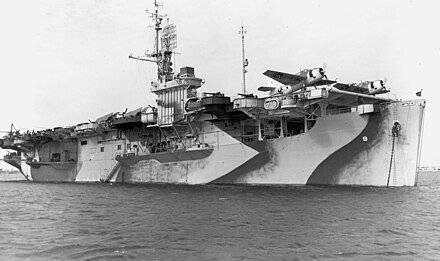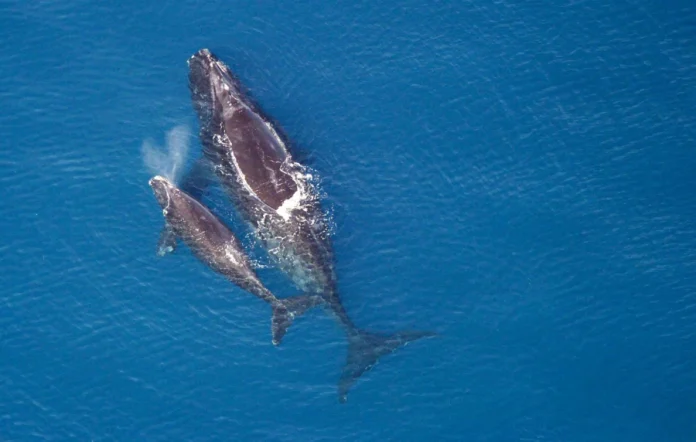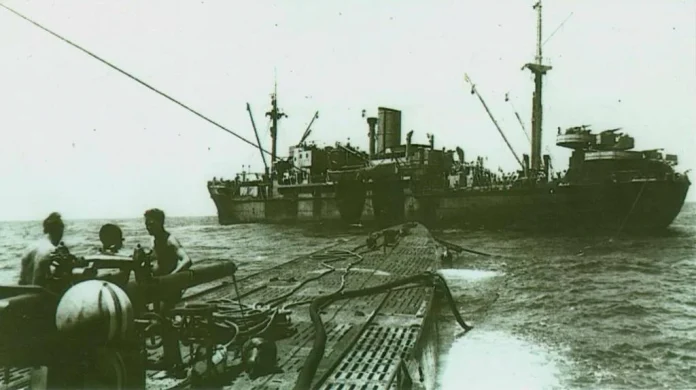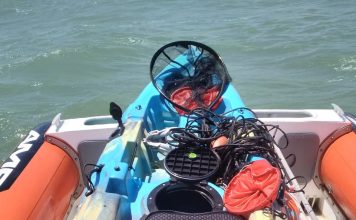On 29 November 1943, the Battle of the Atlantic witnessed another pivotal moment as the U.S. escort carrier USS Bogue (CVE-9), accompanied by her aircraft, achieved a resounding victory against the German submarine U-86. This operation underscored the vital role of escort carriers in protecting Allied convoys and weakening the formidable U-boat threat during World War II.
A new era in naval warfare
The USS Bogue was part of a broader strategy to neutralise Germany’s submarine fleet, which had long disrupted Allied shipping routes. As an escort carrier, the Bogue was smaller than fleet carriers, but it was highly effective in its role as a mobile airbase, providing essential air support to naval convoys. Escort carriers could track and attack submarines, a task that surface ships alone often struggled to accomplish in the vast expanse of the Atlantic.
In November 1943, the USS Bogue, supported by its air squadron, launched a series of operations targeting U-boats lurking beneath the waves. One such mission led to the destruction of U-86, a Type VIIC submarine that had been a part of Germany’s undersea force since 1941.

The sinking of U-86
Aircraft from the Bogue were key players in the hunt. Equipped with depth charges and sonar technology, they scoured the Atlantic for signs of enemy submarines. On 29 November, after detecting U-86, the Bogue’s aircraft coordinated with the ship’s crew to attack. The submarine was forced to surface, exposing itself to aerial strikes and surface ship fire. This coordinated assault culminated in U-86 being sunk, with most of its crew lost.

The sinking of U-86 was not merely a tactical win—it was symbolic of the growing dominance of Allied anti-submarine efforts. By late 1943, the tide of the Battle of the Atlantic had turned significantly in favour of the Allies, with escort carriers like the Bogue playing a decisive role.
A turning point in the Atlantic
The destruction of U-86 was one of several successes for the USS Bogue. Over the course of the war, the Bogue and her aircraft were credited with sinking 13 U-boats, more than any other escort carrier group. These achievements significantly disrupted Germany’s ability to maintain effective submarine operations and safeguard their Atlantic supply lines.
Legacy of escort carriers
The USS Bogue and its crew exemplified how innovation and adaptation could shift the balance of power. Escort carriers became a cornerstone of Allied strategy, proving that even smaller, versatile ships could make an outsized impact in modern warfare. The success of Bogue’s missions demonstrated the effectiveness of combining surface fleet capabilities with air power, a tactic that remains a cornerstone of naval strategy today.
The sinking of U-86 on 29 November 1943 was a milestone in the Allied fight for dominance in the Atlantic. It highlighted the transformative role of escort carriers like USS Bogue in safeguarding vital convoys and neutralising enemy threats. For those fascinated by naval history, the story of USS Bogue is a testament to innovation, courage, and the relentless pursuit of victory in the most challenging of seas.




















